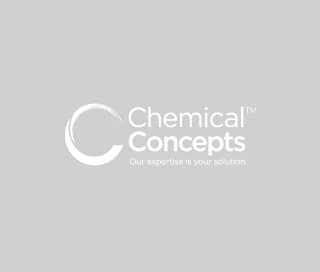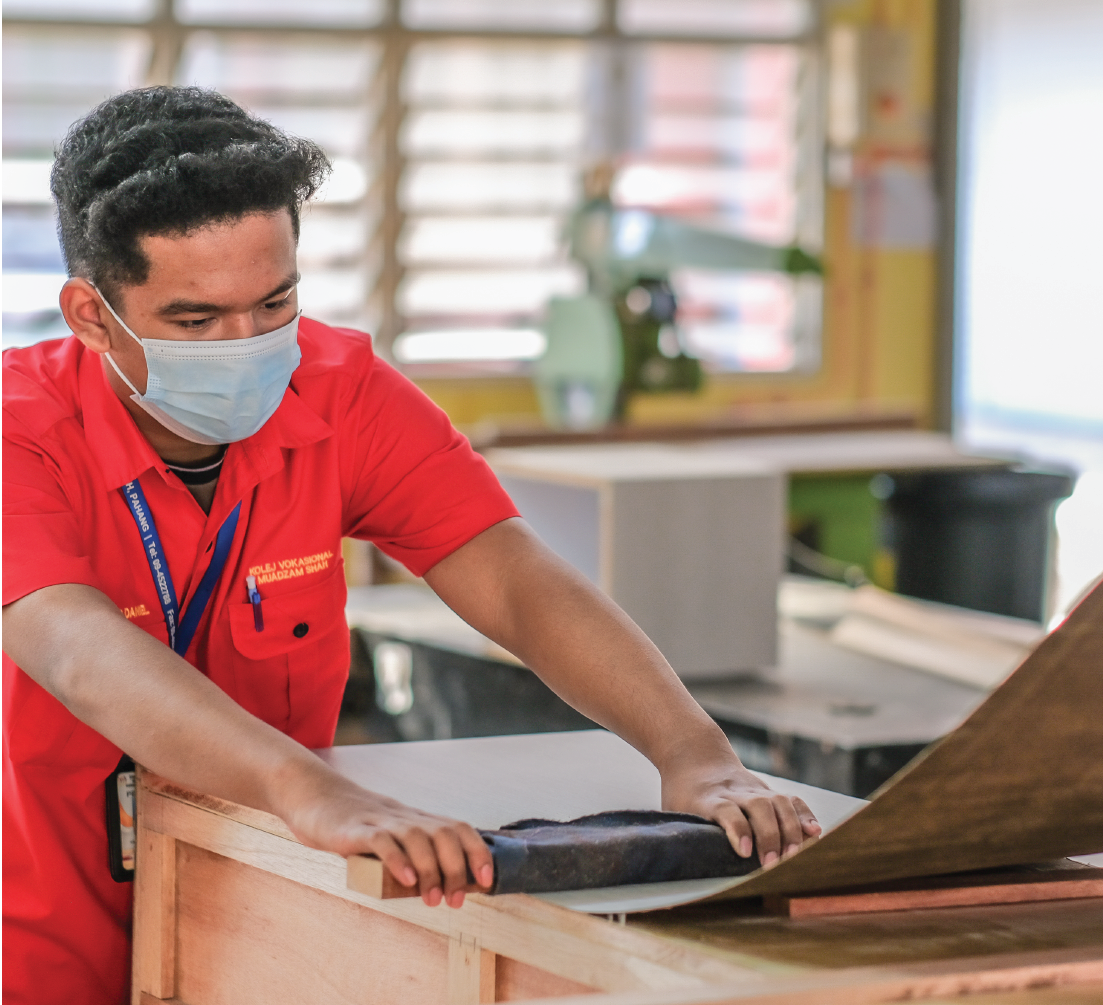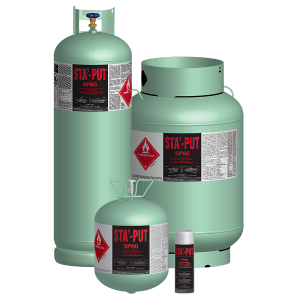
Structural Adhesive Terminology
We at Chemical Concepts find it important to educate our customers to simplify choosing the correct structural adhesives. Here is some handy information. Listed below are some of the general terms that are important:
- 2-Component adhesive – This is an adhesive or a coating that will consist of two separate components within the unreacted state. The materials must be completely mixed together within a certain ratio to achieve the necessary properties of the cured product.
- 1-Component adhesive – This is an adhesive or a coating that will consist of a single component that cures when it is exposed to a specific environment or energy source.
- Wetting – This is the ability of an adhesive to maintain intimate contact within the surfaces to be bonded. There are many adhesives that rely quite heavily on good wetting in order to achieve that maximum adhesion.
- Glass transition temperature (Tg) – This is the temperature in which the adhesive transitions between the rubbery and glassy states.
Physical property terms:
- Density – The adhesive’s mass per unit volume. This is commonly expressed in units of grams per cubic centimeter (g/cm3), pounds per gallon (lb/gal), or kilograms per cubic meter (kg/m3).
- Color – Colors can indicate the proper mix and the degree of a cure. The cured and uncured adhesive colors are sometimes going to be different.
- Odor – All acrylic products are going to have some sort of characteristic odor. As it stands, epoxies as well as urethanes have very slight and undifferentiating odors comparatively.
- Flash point – The actual lowest temperature in which vapors from an evaporative component will ignite upon the application of a small flame that is under a controlled condition.
Cure kinetics terms:
- Exotherm – This is the chemical reactions that will occur during the adhesive curing process to produce heat. The amount of heat that is generated is a constant for the given mass of an adhesive to reach a specific degree of cure.
- Curing – The act of solidifying an adhesive or a coating. When this is complete, the product will have achieved its intended mechanical and physical properties and purpose.
- Time to full cure – This is the time required, after mixing is complete, for the adhesive to reach its ultimate mechanical properties.
- Purge time – This is the time that a mixed adhesive can sit completely undisturbed in a status mixer before it is no longer dispensable.
- Purge duration – This is the time that is required to completely displace an adhesive within a static mixer.
Cure-related terms:
- De-roping – This is the removal of adhesive that squeezes out of the bond line when the parts are mated. It is easiest to de-rope this when the adhesive is partially cured yet still soft, prior to extensive curing.
- Read-through – This is the visual detection of the bond line on the un-bonded surface of the substrate. Some of the contributing factors can be heat, stress, substrate type, excessive squeeze-out, and bond line thickness.
Mechanical property terms:
- Coefficient of thermal expansion – This is the relationship between temperature change and volume change.
- Strength – The maximum load capacity of any given assembly or material as a function of the area the load is acting over (unit of force per unit of area).
- Hardness – This is measured with a Durometer Shore Hardness Scale– it is usually in the A or D scale.
- Modulus – This is the relationship between elongation and stress. Typically, the lower the elongation, the higher the modulus.
- Elongation – This is the distance a material can stretch from its un-deformed state before any failure will occur. When listed in a technical data sheet, it is listed in this manner:
- As a percentage
- On a neat adhesive
- Dependent on test method


